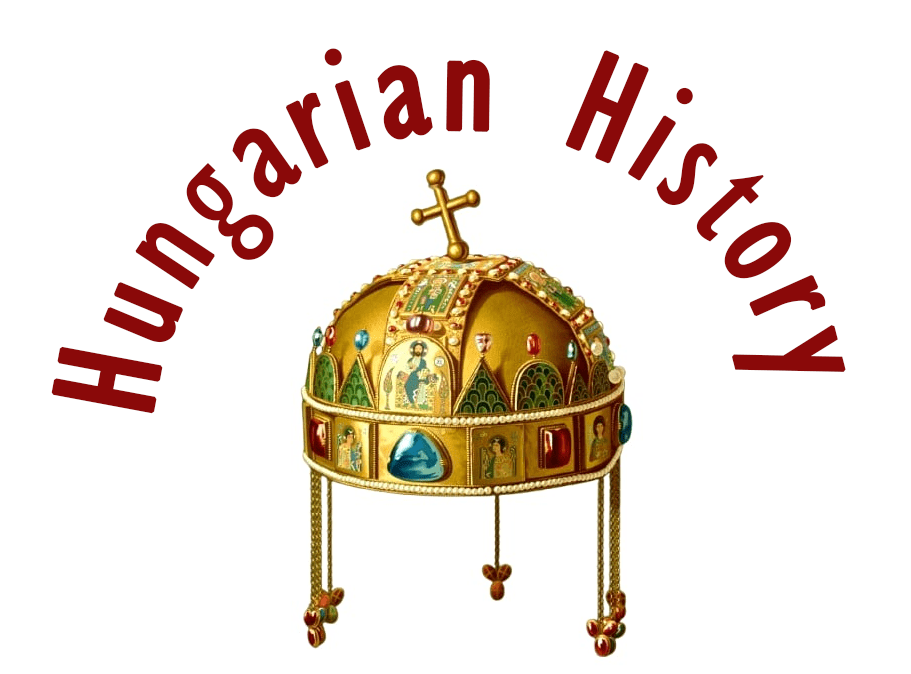On 25 June 1311, the most powerful oligarch of Hungary at the time, Csák Máté, Lord of Trencsén, attacked Buda with his raiding army. Csák presumably wanted to further increase his power by capturing King Károly Róbert, but his daring attempt failed, and the king moved his court to Temesvár in response to the threat.
Csák Máté, who traced his family back to the chieftain Szabolcs, who was related to Árpád and also appears in the Gesta literature, had a significant influence in the Highlands, as the family estates were united in his hands due to his uncle’s childlessness.
At the time of the accession to the throne of András III (r. 1290-1301), the future oligarch had extensive estates in the counties of Bars, Komárom, Pozsony and Nyitra, and during the reign of the last Árpád king and the turmoil that followed, he ruled the entire western half of the Highlands. The first major stage in the ‘career’ outlined above was in 1291, when Csák Máté took part in the war against the Habsburg Prince Albert of Austria (r. 1282-1298, as German king 1298-1308), and in the following year recaptured the castles of Pozsony and Detrekő from the Kőszeg family.
The King rewarded the services of the Highland lord with the position of Comes of Pozsony and the title of Chief Stable Master, and in 1296, he appointed Csák Máté as a Palatine, but his restless and violent character soon brought his career to an end. Csák had already caused outrage in 1293 when he forcibly occupied the Ugróc castle of Trencsén, but four years later András turned against him after he had taken Trencsén and ravaged the estates of the Benedictines of Pannonhalma.
In 1297, the king deprived the disobedient lord of all his offices, but he did not pay much attention to the ruler’s orders later: he continued his violent occupations in the Highlands and caused heavy losses to the Hont-Pázmány clan.
Despite the decree of King András III, Csák Máté continued to address himself as the Palatine, and after the last Árpád monarch had died, he created a virtually independent state within the state, which was fondly regarded by 19th-century Slovak nationalists as “ancient Slovakia.”
This statement, however, has little basis in reality, since on the one hand, Csák himself and the majority of the population of the territories he held were Hungarian, and on the other hand he never wanted the crown: on the contrary, as an oligarch, he strove to keep Hungary decentralised and weak.
Csák’s aims are also crystal clear from his policies during the interregnum. Generally speaking, the overlord essentially exploited the weakness of the kings, promising them help in exchange for legalising his earlier robberies, and then switching to another candidate if he could get more donations.
Accordingly, in 1301, Csák Máté supported the coronation of Wenceslas (r. 1301-1305), but after he had achieved his goal and the new king had brought Trencsén and Nyitra into his lap, he abandoned the Premysl ruler. The young man returned to Bohemia in 1305 to succeed his late father. The opportunity came in handy for Csák, who formally invaded Visegrád in the name of King Károly Róbert, and the following year took control of the territory of Zólyom.
Since Otto of Bavaria (r. 1305-1307) had no real power, the Highland oligarch’s attention was now focused on the candidate for the throne of Anjou, whom he tried to deceive with tactics similar to those he had used on the Czech Wenceslas. Although Csák had declared that he was on the side of King Károly Róbert, he refused to attend the royal assembly held in October 1307, and continued to press Cardinal Gentilis, who had come to Hungary to support the young man, with increasingly bold demands.
As a testimony to the power of the Highland oligarch, the fact that the new Diet of November 1308 elected Károly Róbert as king only after the papal legate had reached an agreement with Csák Máté, the price of the compromise in the Treaty of Kékes was the position of co-master, but even this did not prove sufficient to allow the oligarch to appear at the Diet or the coronation of the new king in 1310.
As the historians note, Csák Máté only became more arrogant and assertive towards the king as he won grants from Gentilis, and from 1310 onwards, he regularly raided his estates. His hostility prompted King Károly Róbert to take back the title of chamberlain and bestow it on Németújvári Miklós, thereby infuriating the Highland oligarch to the extreme.
In the spring of 1311, Csák moved his headquarters to Visegrád Castle, and with his mercenaries, he plundered the surroundings of Buda, and on 25 June, he advanced his army to the city gates. The oligarch was probably at the height of his power during the campaign to intimidate Károly Róbert, who moved his court to Temesvár as a result of the attack.
The reckless raid did not go without retribution, of course: soon Gentilis excommunicated Csák Máté, but in the long run it was the Church that suffered, as the oligarch later destroyed the estates of the Esztergom archbishopric and the bishopric of Nyitra in revenge. The curse, like many earlier measures, was ineffective, as Csák, with the help of his mercenaries, was able to maintain his position in the Highlands, and in late 1311, he allied himself with the Aba Clan, who were confronting Károly Róbert over the issue of Kassa. The conflict turned into an armed struggle, but the sons of Amadé Aba, who enjoyed the support of Csák Máté, were defeated in the Battle of Rozgony in 1312. (See my previous article about this battle.)
Many see a turning point in the career of Csák Máté in this defeat, but even after the fall of the Aba Clan, the Trencsén lord was still in a much more solid position than any other oligarch. The fact that Csák launched a war against the Czech king John of Luxembourg (r. 1310-1346) in 1315 does not seem to confirm that his power was in decline, although he did lose the castle of Visegrád in the western campaigns. Although Károly Róbert recaptured Komárom from him in 1317, along with a few other strongholds, only death could finally triumph over Csák Máté in the spring of 1321.
Source: Tarján M. Tamás • Rubicon Kalendárium

